Lena Shafir Creative Consultancy
Design Thinking
Opening the door to new solutions
“Most people make the mistake of thinking
design is what it looks like. People think it’s this veneer — that the designers are handed this box and told, ’Make it look good!’ That’s not what we think design is. It’s not just what it looks like and feels like. Design is how it works.”— Steve Jobs
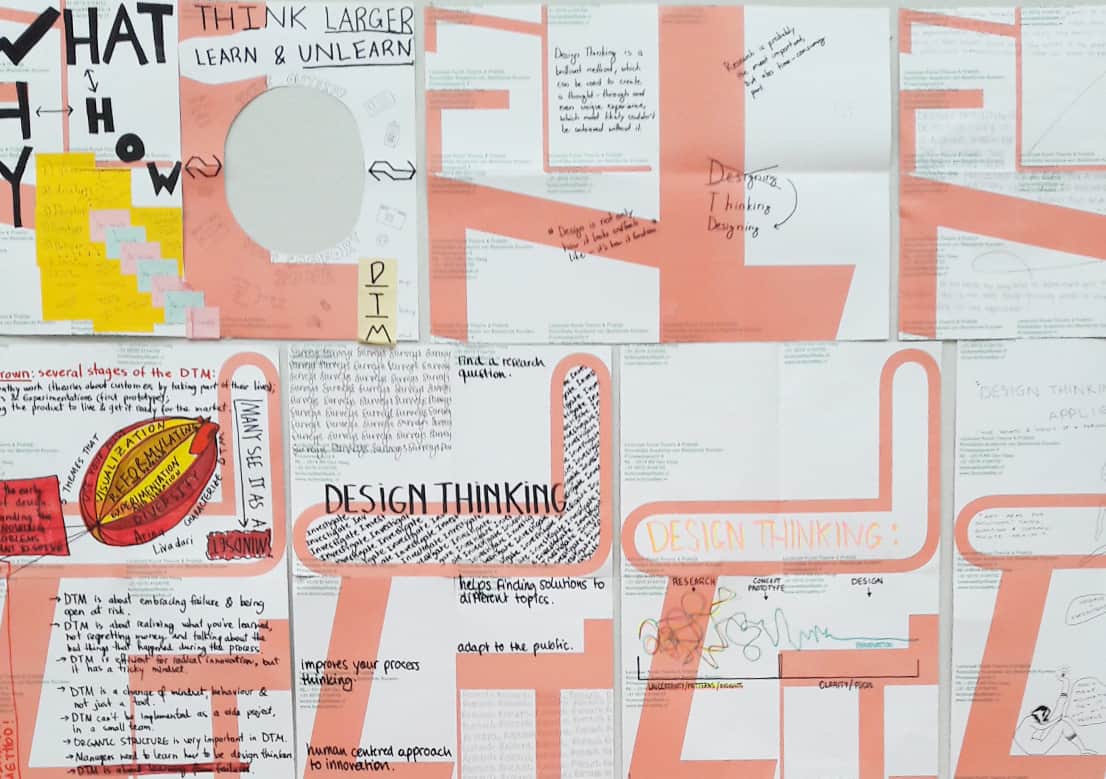
Design Thinking
Integrating design principles in strategy and innovation processes makes organisations more successful. To see the results, look no further than companies such as Apple, Coca-Cola, IBM, Nike and Procter & Gamble.
These companies apply design principles to a lot more than only the product and its packaging. Design Thinking is at the core of the way they work. It plays an essential part in all sorts of areas, including tools, systems, products and procedures for strategy development and organisational change – whether that means innovating or optimising existing processes.
Design Thinking is all about finding solutions, and initiating concrete actions to implement those solutions. It is an inter-disciplinary activity that cuts across organisational structures. Design Thinkers actively use both sides of their brain: the left half for organisation and analysis; the right half for its more creative and intuitive potential.
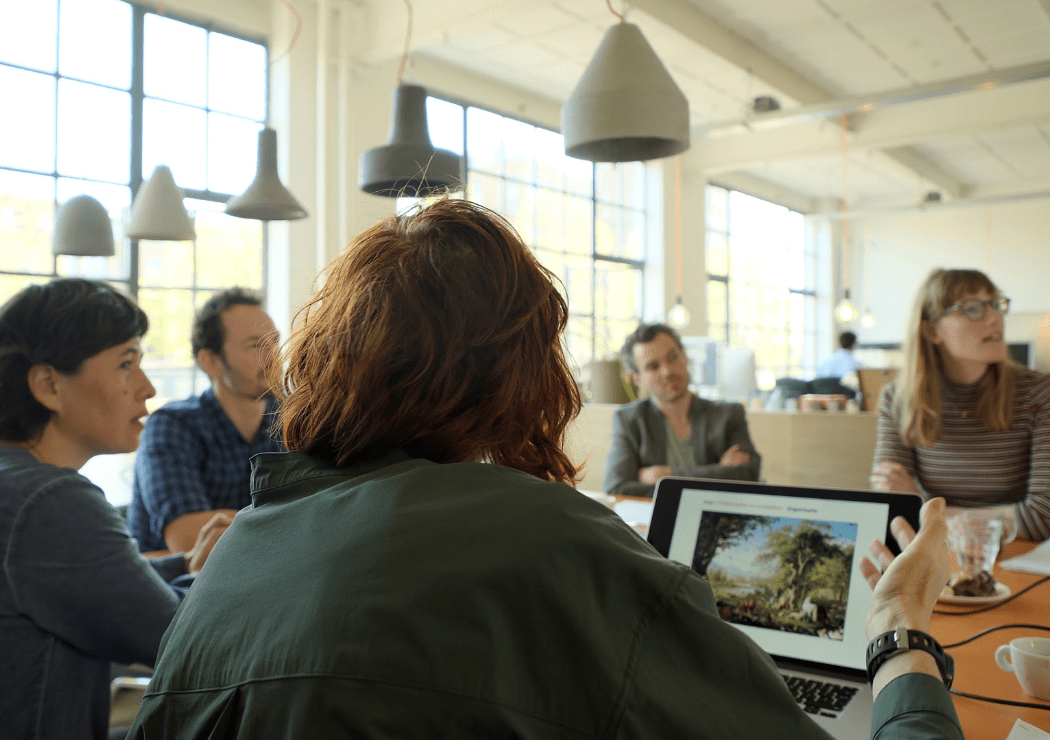
Unleash the power of Design Thinking in your organisation
The power of Design Thinking lies in the process itself. Its light, flexible structure offers ample opportunity for discoveries – ones that surprisingly often prove implementable in real-world situations.
In the first phase of the session we focus on divergence. I motivate the participants to look at the world in more creative and associative ways. It’s simply about getting to people to draw from other resources that they normally would. It’s about new visions and new perspectives. Participants are encouraged to ask themselves questions: Why do I do what I do? Why do I do things the way I do them? Would it be better to do things differently?
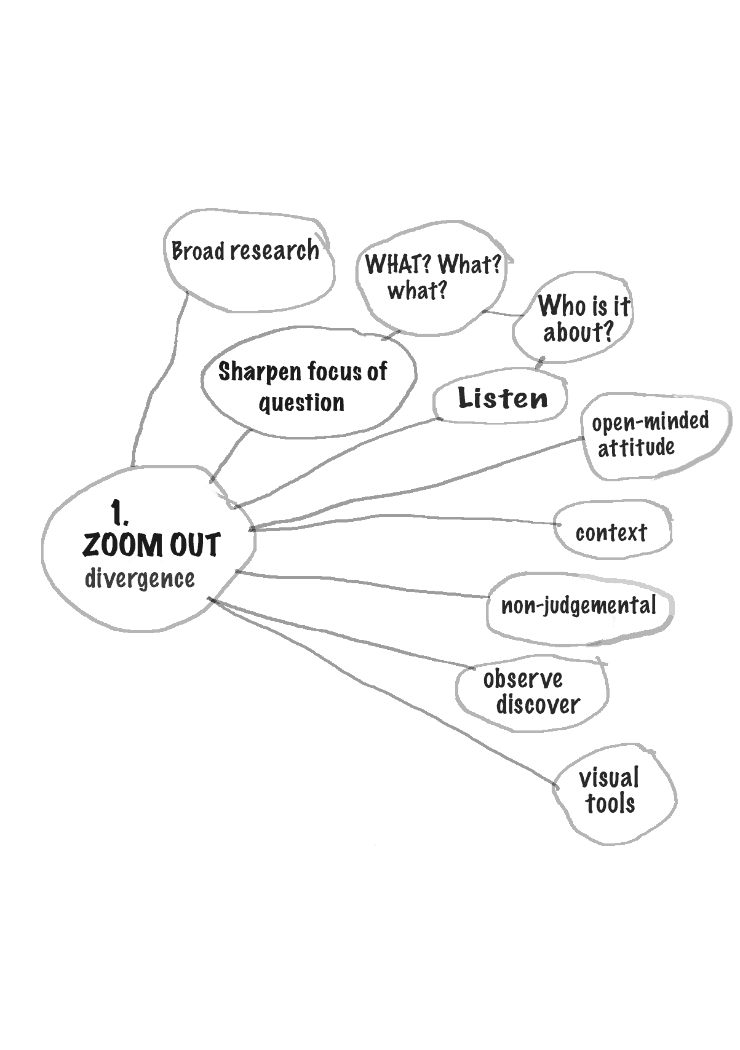
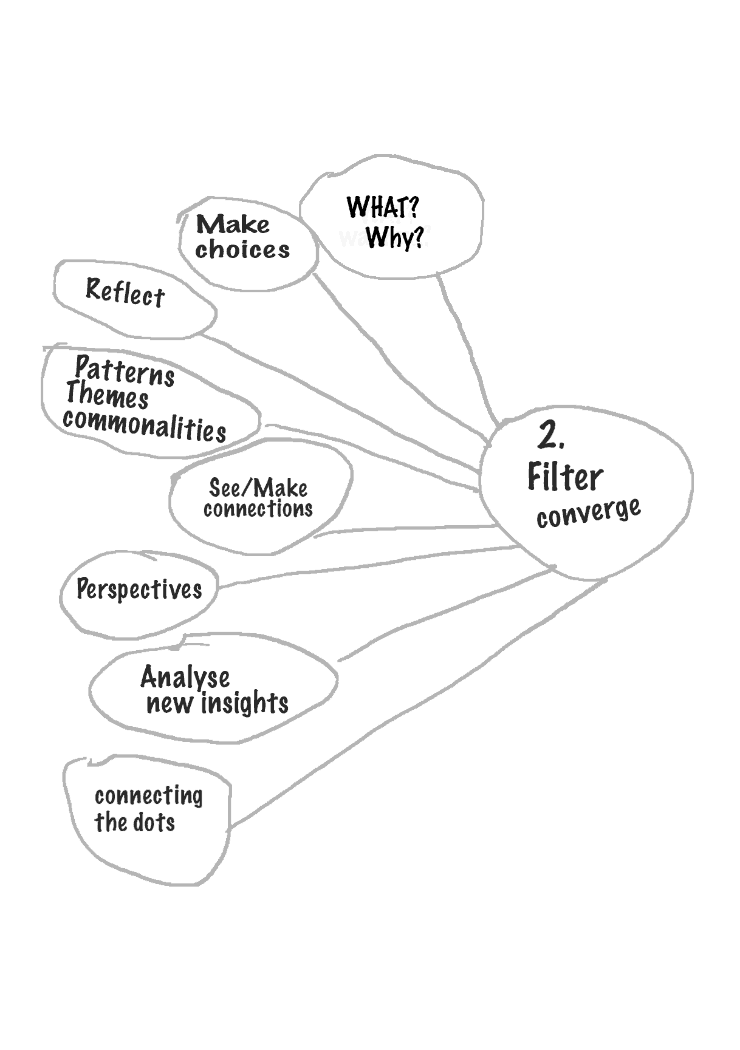
In the second phase of the session, we focus on convergence, evaluating and validating the ideas we’ve collected and deciding which of them are usable in the real world. We then repeat this twofold process a number of times until we have developed a new perspective on the initial issues.
New potential trajectories come into view – ideas that demand further exploration and practical testing. As this cyclical, iterative process progresses, participants progressively gain a clearer focus on a new path.
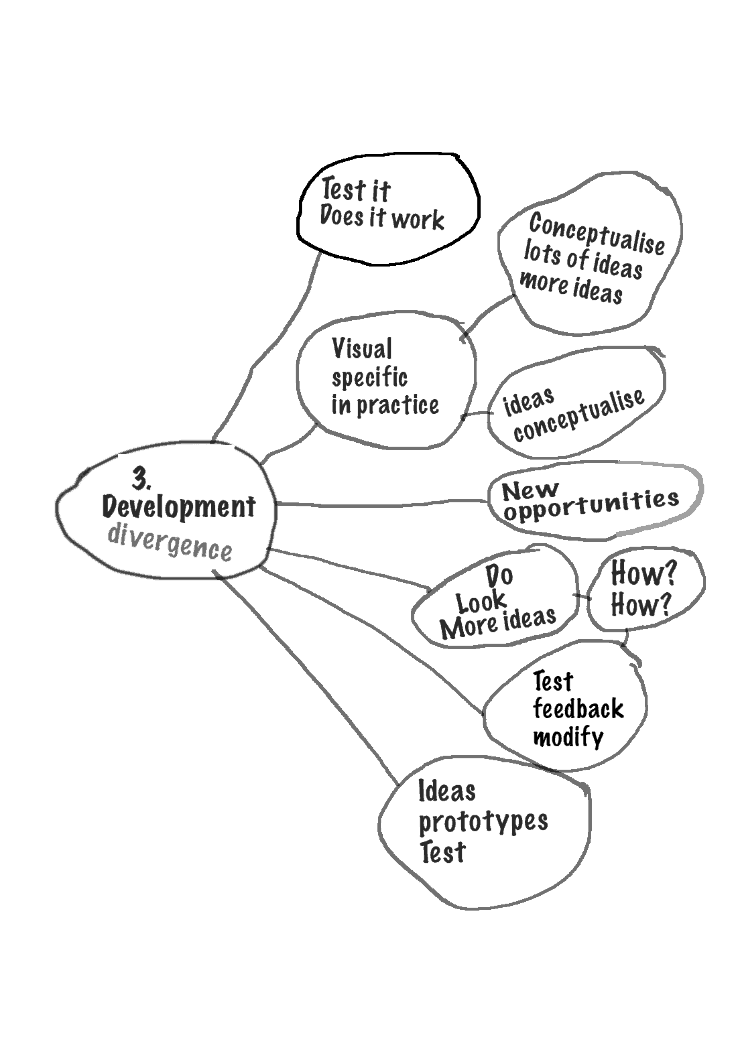
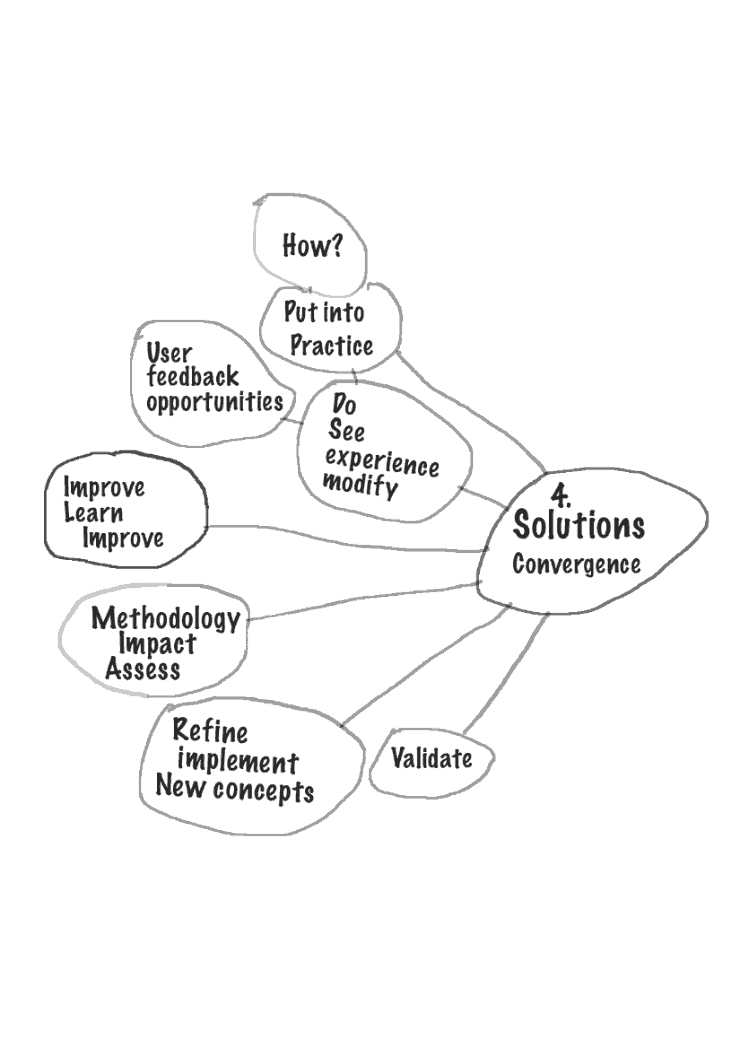
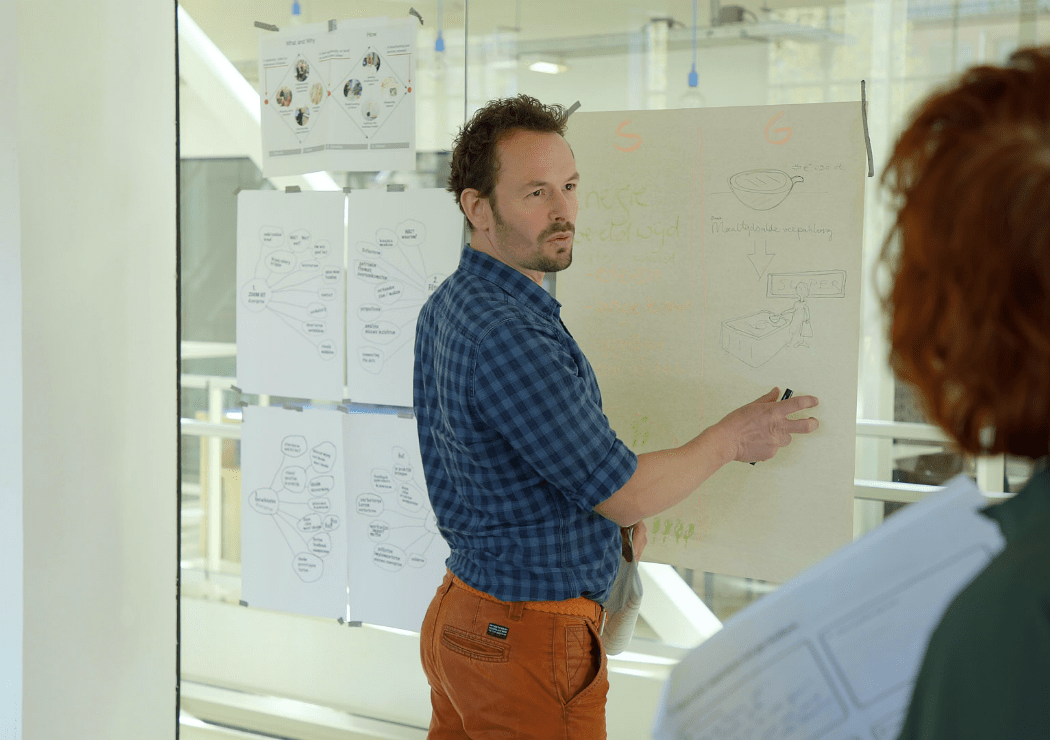
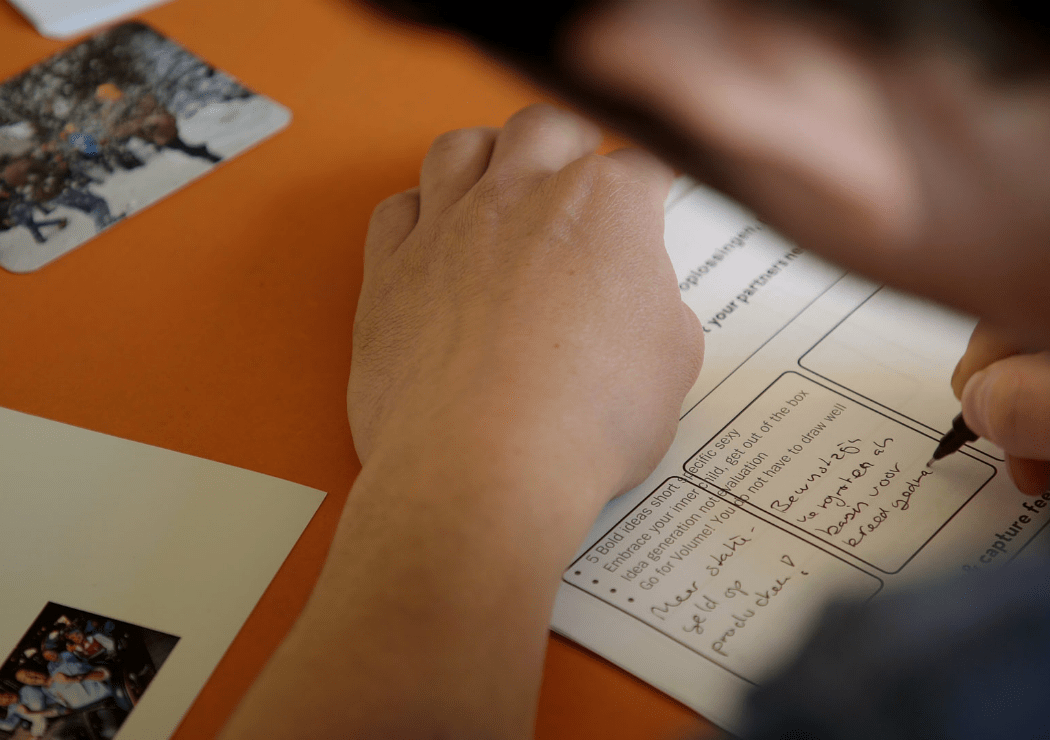
The Hague municipality, Leadership Lab:
‘The sessions with Lena inspired me made to look at new ways of making improvements and finding solutions for issues.’
‘The idea of always being on the lookout for improvements really appeals to me. It’s about creating a new starting point, not arriving at a definitive endpoint.’
‘It’s not about wanting to have all the answers; it’s about daring to ask questions and explore together. This leads to a very different kind of conversation.’
Dutch Department of Public Works (Rijkswaterstaat), Schiphol, Prorail, Port Rotterdam, University of Delft, Vitens and the umbrella organisation NG Infrastructures:
‘Through the sessions with Lena I’ve come to understand why [our team] have been unable to communicate with each other. That’s been replaced with an exploratory mood, one of openness and reflection.’
‘In her goal-oriented sessions, Lena took us to a very different shared perspective on the problem our multidisciplinary team has been wrestling with for months. It’s meant that in just five weeks we’ve been able to take huge leaps in the development process.’